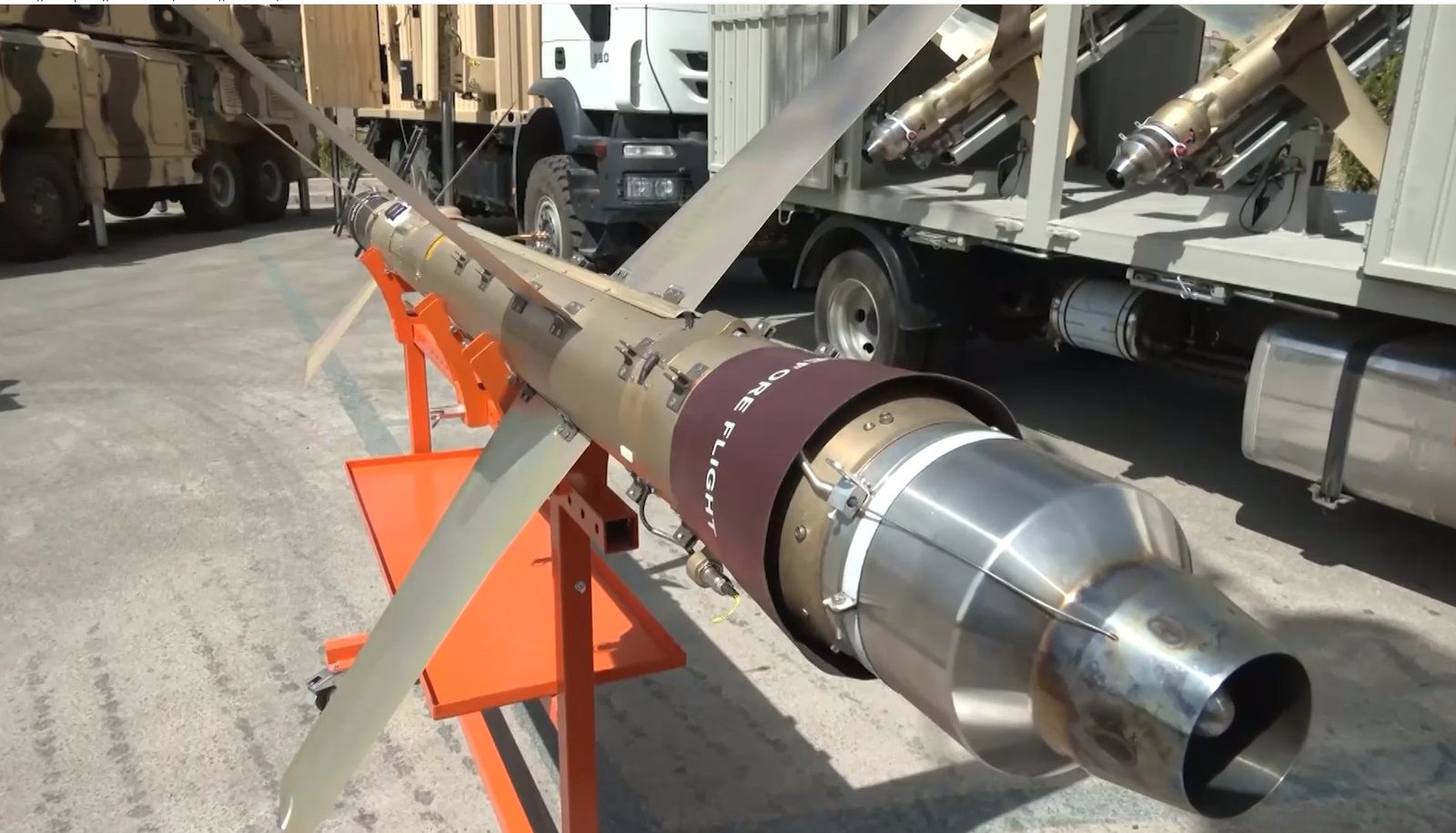
Tel Aviv: Iran is equipping its proxies in Lebanon, Syria and Yemen with an advanced anti-aircraft missile. The Iranian-made 358 missile, also known as Saqr (Hawk) in Yemen or SA-67 system, is an advanced anti-aircraft interceptor with an electro-optical warhead.
Yair Ramati and Yaakov Lappin describe this new Iranian capability in a paper published in the website of the Israel Alma Research Centre.
Yair Ramati is the former Director of the Israel Missile Defence Organisation, the Defence Ministry agency in charge of the development, production, and delivery of missile defence systems to the State of Israel. Yaakov Lappin is a research associate at the Alma Centre, in-house analyst at the Miryam Institute.
The two experts write that this weapon system was first revealed by Iran in 2019. According to the Israeli experts, this unique jet-powered weapon has been effective in downing UAVs, including an American MQ-9 Reaper over Yemen.
“The United States Navy has in the past intercepted weapons-smuggling ships that were delivering 358 missiles to the Houthis in Yemen,” the paper mentions.
According to the analysis, the 358 missile represents a significant step up in air defence capabilities for the Iranian-led radical axis and could complicate aerial operations for opposing forces, adding a new dimension to the regional balance of power.
“Any erosion of air dominance could prove to be a critical development in Western power projection capabilities, especially in the utilisation of Medium Altitude Long Endurance (MALE) UAVs. Similar lessons were learned by both sides in the Ukraine-Russia war,” the experts write in the paper.
The analysts say that Israel holds a significant aerial advantage over its adversaries, including Hezbollah, thanks to its air power and precision stand-off munitions supported by quality intelligence.
“However, Iran has been working to bolster both its own air defence capabilities, and extend these air defence improvements to its proxies like Hezbollah, the Houthis in Yemen, and forces in Syria. This includes deploying advanced anti-aircraft systems and MANPADs (man-portable air defence systems), as well as unique 358 interceptor missiles that are effective against helicopters, light aircraft, and medium-altitude UAVs,” the experts opine.
Hezbollah, in recent years, has made significant efforts to upgrade its air defence arrays, relying on massive Iranian support, though the specifics of its arsenal remain somewhat unclear.
On October 25 and 28, November 1, 12 and 18, and December 16, the IDF announced that its Aerial Defence Array intercepted surface-to-air missiles fired from Lebanon at Israeli UAVs – and it is fair to assume these were 358 missiles. Also on December 20 such missiles may have been fired at Israeli helicopters.
“Currently, Israel can counter these unique interceptors, often fired from improvised rail launchers, with its Iron Dome batteries. However, the evolving threat of air defence capabilities necessitates adaptations by the Israeli Air Force to deal with these threats. The development of Hezbollah’s air defence, especially the 358 interceptors, signifies the beginning of an A2/AD strategy ( Anti Access Area Denial) that, if further developed, could pose a significant challenge to Israel’s air superiority.”
Acceding to the two analysts, Hezbollah does not yet have wide-ranging air defences, but it is taking its first steps in this direction, as part of an Iranian – Hezbollah program to neutralise part of Israel’s air power.








